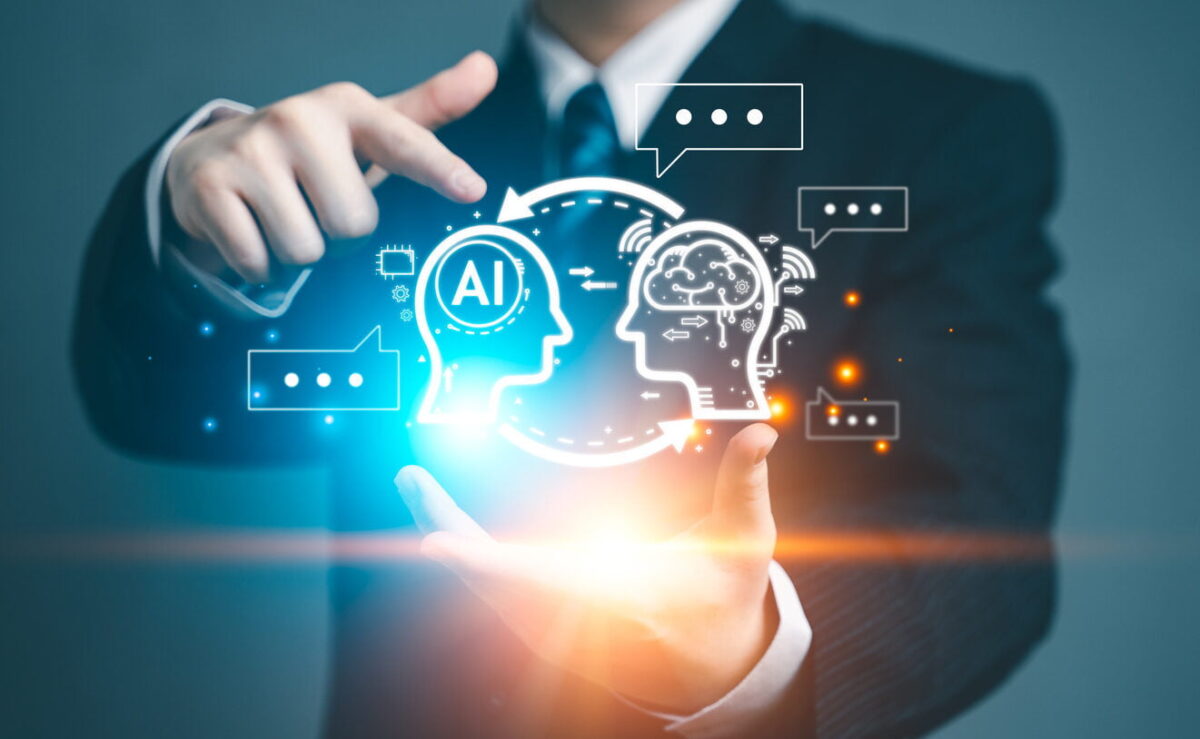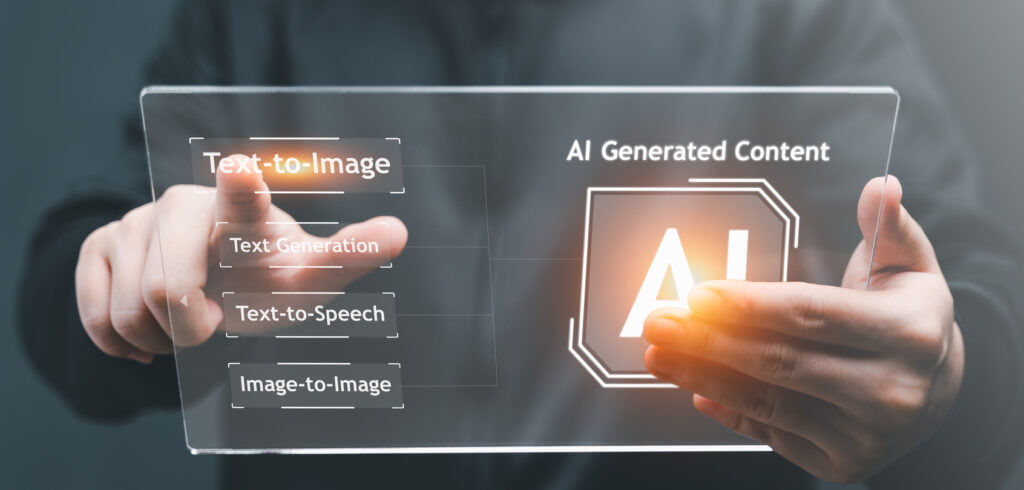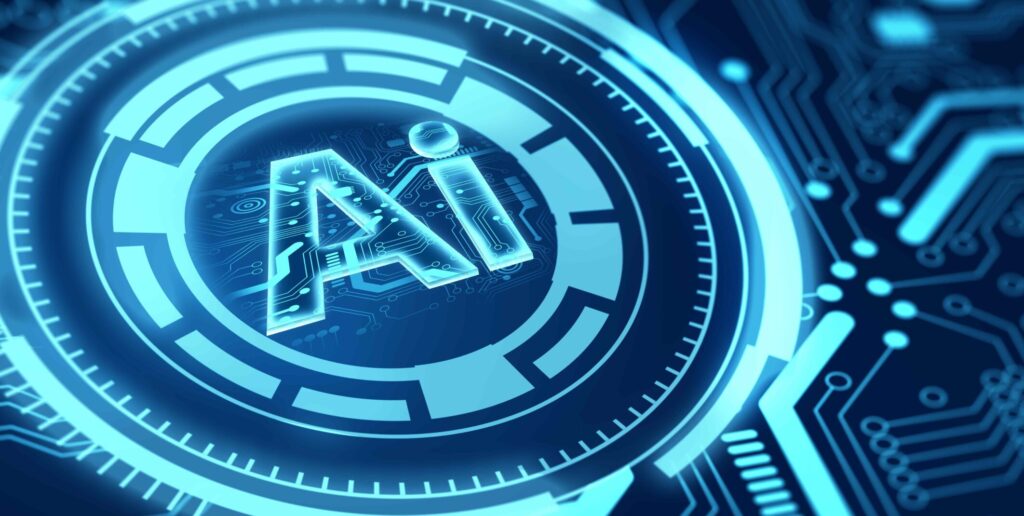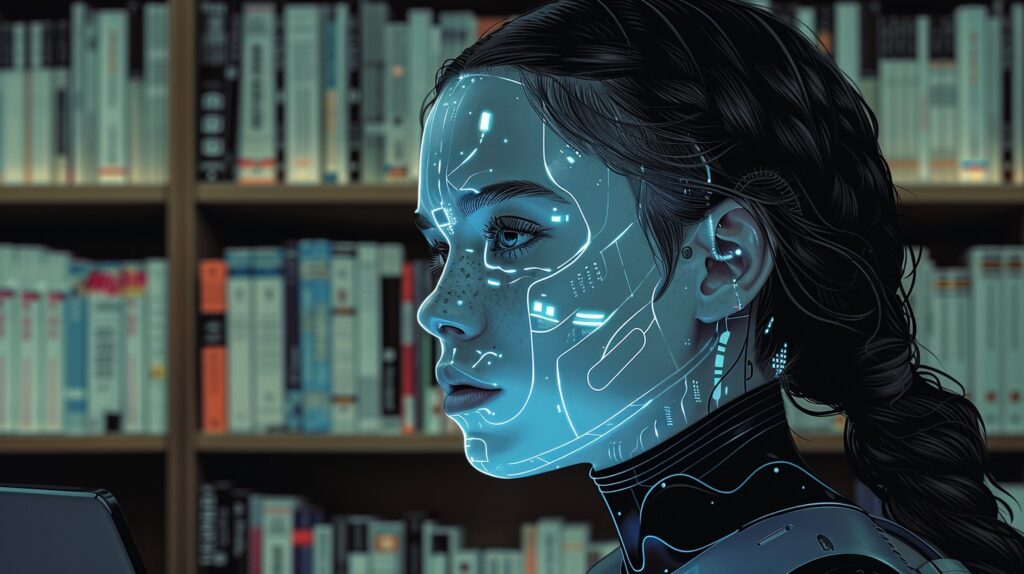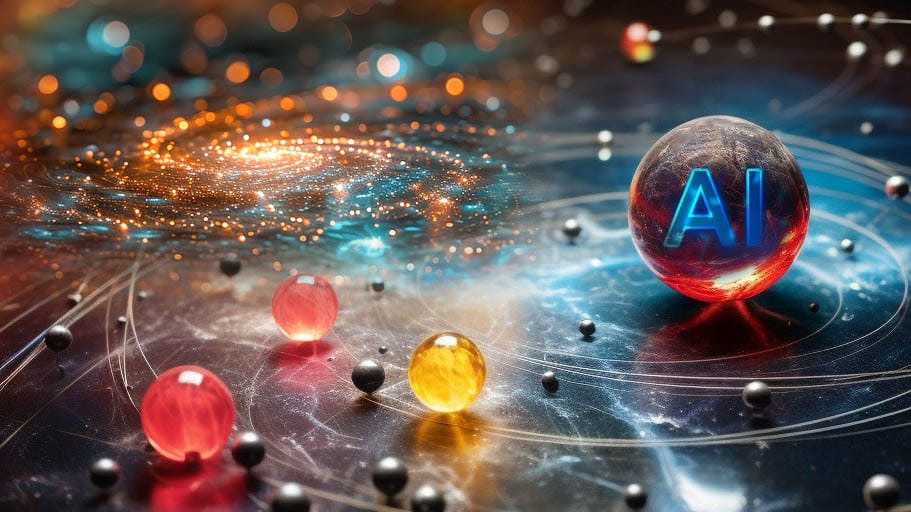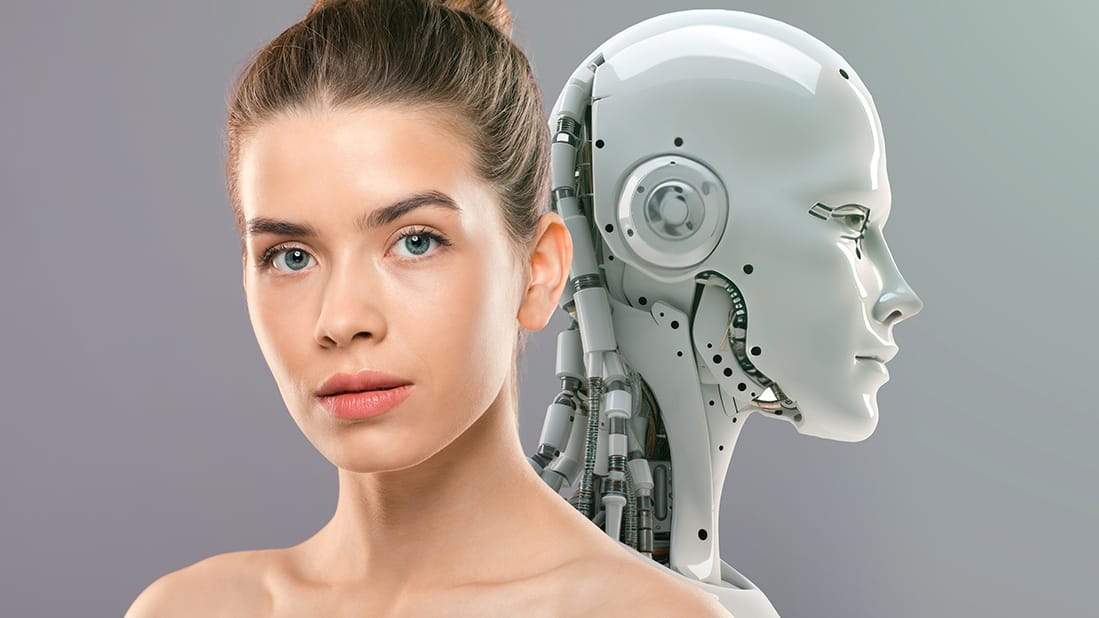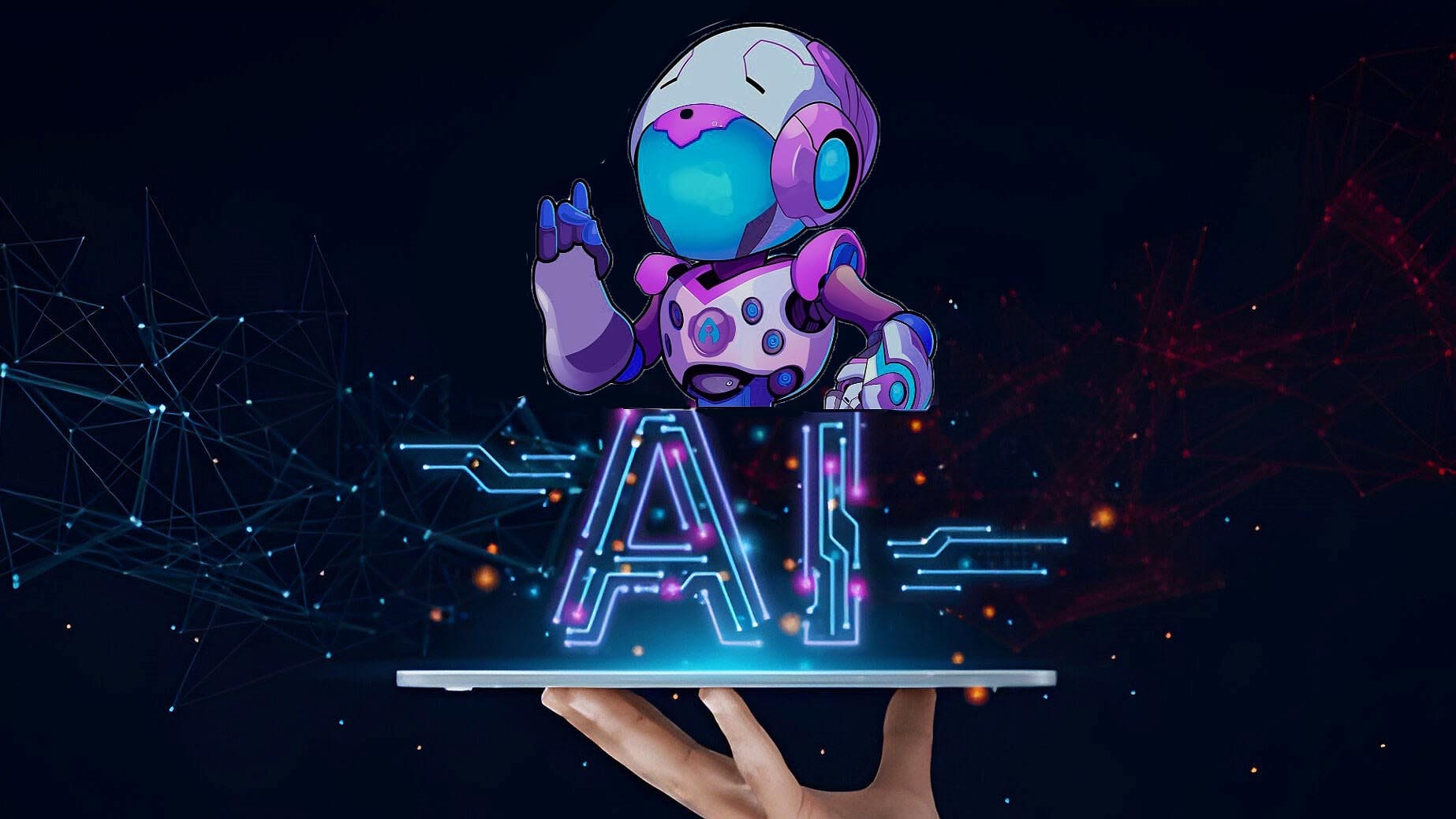Opening the Secret: How AI Detectors Operate in a Language-Evolving World
Within the dynamic field of artificial intelligence (AI), an intriguing creators race is developing fast in this 21st century. The techniques for identifying the works produced by AI writing tools are becoming more advanced along with the tools themselves. How precisely do these AI detectors function, though? What tricks do they uncover to tell human-written text apart from machine-generated content? Fasten your seatbelts, as we fly through some heights into the engaging domain of artificial intelligence detection.
AI content generation
AI tools can be used to create a variety of material, including blog articles, social media captions, and copy for websites. Humans are lazy, yet even if AI tools can produce content faster than a human writer, the quality, relevancy, and subtlety of human writing may be lacking in AI-generated content.
Instead of depending solely on AI tools, marketers use them to generate fresh ideas or overcome writer’s block. Several well-liked tools for creating content are ChatGPT, Grammarly, Gemini, Rytr, Copy.ai, Jasper, and others.
How do AI detectors works
AI detectors use a range of methods to find the distinctions, especially in those that are intended to discern between text generated by machines and text written by humans. Here are a few typical techniques:
1. Statistical Analysis: The frequency of word combinations is examined using N-grams, which are collections of neighboring words or letters. N-gram analysis can be used to identify the patterns and combinations that are frequently found in human writing.
2. Language Models: Pre-trained language models like as BERT (Bidirectional Encoder Representations from Transformers) and GPT (Generative Pre-trained Transformer) are used by many detectors. They can ascertain whether the text is more likely to have been produced by a computer or by a person by analyzing the likelihood of the text according to these models.
3. Grammar and Syntax: Machine-generated material can be distinguished by examining the text for compliance with syntax and grammar norms. Machines frequently have trouble understanding complex syntax and grammatical rules.
4. Parsing Methodologies: Sentence structures that repeat themselves are examples of patterns that can be found in machine-generated text when sentence structures are analyzed.
5. Contextual Understanding: AI detectors frequently consider how well a text fits into a particular context. This is known as semantic understanding. Content written by humans typically makes sense in the context in which it is used. Algorithms that evaluate semantic consistency can be used to gauge how coherently concepts and subjects flow in human-generated text.
6. Emotional Expression: Written text by people frequently uses humor, sarcasm, emotional cues, and other subtle tones. Finding these can assist in setting them apart from information produced by machines.
Sentiment analyzing the text’s general tone can be instructive. Writing produced by humans frequently conveys true feeling, whereas language produced by machines may not.
7. Dataset Analysis: Patterns that trained detectors have acquired from datasets including texts produced by both humans and machines are frequently used. These patterns could be sentence structures, word selections, or particular phrases.
8. Anomaly Detection: Searching for peculiar or anomalous patterns that are more indicative of information produced by machines.
Consistent mistakes that are less common in human writing can be made by machines.
9. Metadata Analysis: When it comes to text that is uploaded online, metadata like timestamps, IP addresses, or posting habits can sometimes indicate whether the information is being created by a machine or by a human.
10. Style and Format Analysis: This entails analyzing an author’s distinct style, which includes sentence structure, punctuation, and vocabulary selection. The existence of HTML tags or particular formatting in online material may be a sign that it was created by a machine.
11. External Cross-reference: A typical feature of machine-generated writing is plagiarism, which can be found by comparing the text to databases of recognized human-written content. External metadata verifying information outside of the text itself, including comparing the source to well-known databases or APIs.


Human Verification: The Repetitive dictionary
Apart from all these technologies available, individuals who are aware about using AI content writing bots also have an understanding of detecting content written by AI, by simply reading it themselves.
For example,
These AI models sometime do use certain words & phrases repetitively. With every user of ChatGPT this interesting thing might have been noticed. Its quite ironic to notice that ChatGPT has developed a fondness for certain words. It’s like it has its own vocabulary, and it keeps reusing certain terms in its responses. The words quite frequently generated are “tapestry,” “tempest,” “unveiling “, “enchanting,” “phoenix,” “indomitable,” “tumultuous,” “navigating”, “maelstrom,” and “unfurling”, “unraveling”, etc.
It’s quite amusing to see these words pop up over and over again, but it can also get a bit repetitive and predictable. It’s almost as if ChatGPT has its own set of favorite expressions that it falls back on whenever it encounters certain prompts that ask it to use metaphors and literary devices.
A human-written phrase: “The aroma of freshly baked bread wafted through the air, sending a wave of nostalgia washing over me.”
This sentence’s unexpected perplexity, “waving” of nostalgia causes moderate confusion. There is a good mix between simpler and more complicated sentences. There are no cliches, and the terminology is varied.
Sentence produced by AI: “The baked breads smell wafted. It took me back in time.”
If you analyze, this statement displays lower perplexity, lacking the element of surprise. There is less complexity when sentences are shorter and simpler. The sentence is dry, it is not very creative overall.
These are simple example by which you can detect AI as well.


Above and Beyond: The Changing Field of AI Detection
Although the features stated above provide some insight into AI detection, it’s crucial to keep in mind that this is a topic that is always evolving.
It’s crucial to remember that, as AI evolves, the features and efficacy of these tools may also alter over time. Nonetheless, the following are a few instances of well-known AI content detection websites, apps, and programs:
1. Copyleaks: This all-inclusive platform provides AI content detection and plagiarism detection features. After text analysis, it generates a “AI content index” that ranges from 100% (AI-generated) to 0% (human-written). It can also identify text that has been copied from other sources.
2. Crossplag: This service offers an AI content identification module in addition to its primary focus on plagiarism detection. It does text analysis and shows percentages that show how likely a given text is to be created by AI or by humans. Crossplag also claims to support a wide range of file formats and languages.
3. ZeroGPT: This AI detection tool focuses on text produced by the well-known large language model GPT-3. It uses sophisticated methods, such as word choice and phrase structure analysis, to accurately identify GPT-3 output.
4. Content at Scale: This service provides content development options driven by AI as well as humans. It does, however, also have an AI content identification tool that scans text for patterns suggestive of artificial intelligence creation.
5. Originality.ai: This program purports to evaluate the overall quality and originality of the content, going beyond basic AI identification. It provides comments on a range of factors, including factual accuracy, style, and clarity, by combining artificial intelligence (AI) and human knowledge.
Furthermore, although these might need technical know-how to utilize, some research-focused platforms, such as Hugging Face, include open-source AI models and tools that can be used for AI detection.
It’s important to keep in mind that these tools are not infallible and that the accuracy of the results can change based on the particular AI writing tool that is utilized as well as the caliber of the content. As a result, it’s always advised to use your own discretion and critical thinking abilities while determining the legitimacy and source of any content.
Can Advanced AI Detectors Be 100% Reliable?
Detectors can be hacked by tricks like adding noise or purposefully changing text slightly. Detectors must update and modify their algorithms on a regular basis as AI generators get better. All things considered, these techniques assist AI detectors in differentiating between information produced by machines and content created by humans.
Through an examination of diverse linguistic elements, such as syntax, semantics, and patterns, these detectors can offer a moderate level of assurance when identifying the author of a particular text.
Although, striving for flawless precision in AI detectors continues to be a significant hurdle. Attaining complete reliability is constrained by inherent limitations. Even with these impressive abilities of these online software’s which are mostly come with a subscription, they sometime fail to catch the cheats. Deceptive examples are created to trick detectors can bring in doubts. These harmful alterations take advantage of weaknesses, resulting in misidentifications and incorrect judgments.
As AI writing tools improve and adapt, their detectors also must continually update their algorithms to stay ahead. This perpetual cat-and-mouse game underscores the dynamic nature of the new AI generation world.
The Moral Aspects: A Harmonious Method
The development of AI detection poses a number of ethical questions. In addition to maintaining originality and academic integrity, it’s critical to keep a balanced viewpoint. An excessive dependence on AI text generation as well as AI detection can impede human ingenuity. AI supported writing which could be helpful for quick content generation should not be made a practice by writers, or else in decades to come all congnitive creativity will be lost
To successfully traverse this rapidly changing technological world, it is therefore essential to employ AI authoring tools and good AI detectors responsibly and transparently.
Conclusion: An Overview of Language’s Future
Differentiating between content created by machines and humans will grow more complex as AI writing and detecting technologies develop. Gaining knowledge about the functioning of these detectors can help one better understand the complex interplay among language, technology, and the fundamentals of human creativity.
This investigation into the field of AI detection serves as a reminder of how language is always changing and how fascinatingly people and machines interact to shape language’s future.
IN THIS POST WE ONLY DISCUSSED THE TEXT GENERATION & DETECTION PART OF A.I. WE WILL DELVE IN OTHER ASPECTS OF IMAGE, VIDEO & AUDIO LATER.


